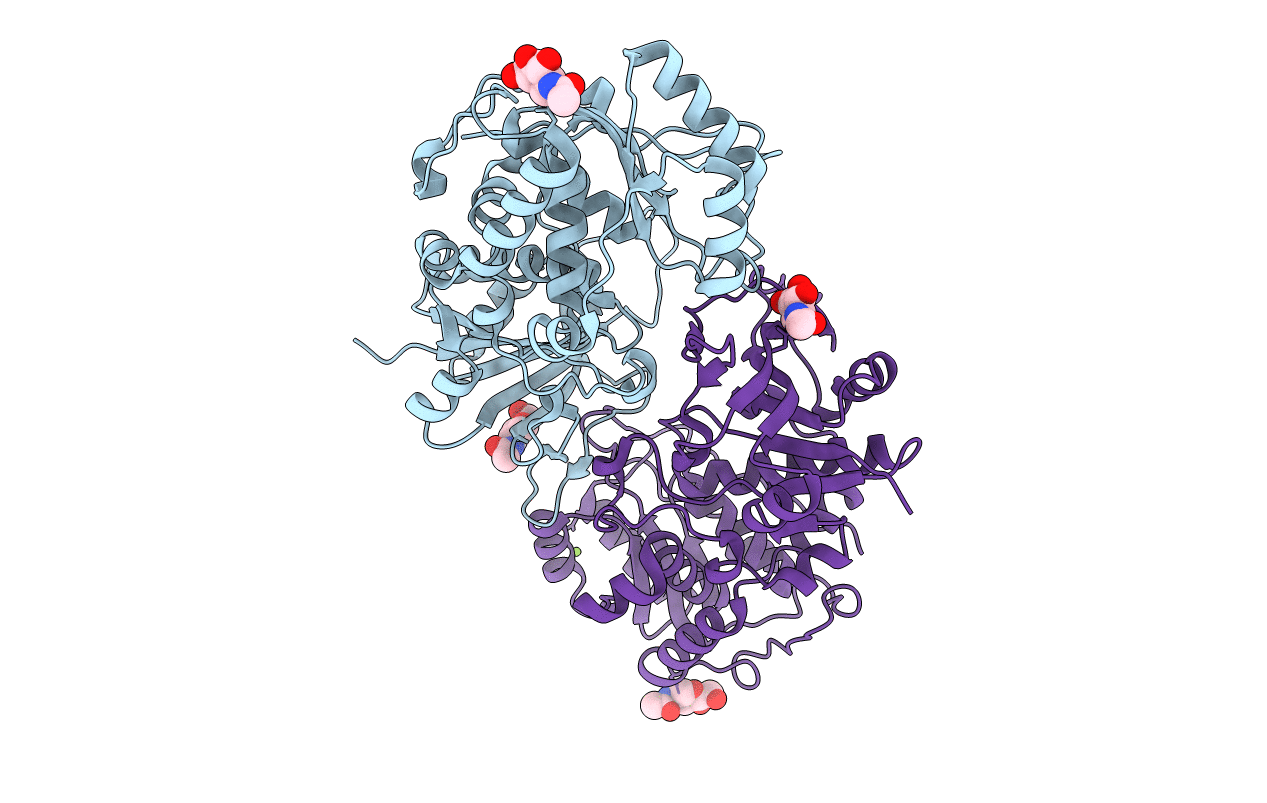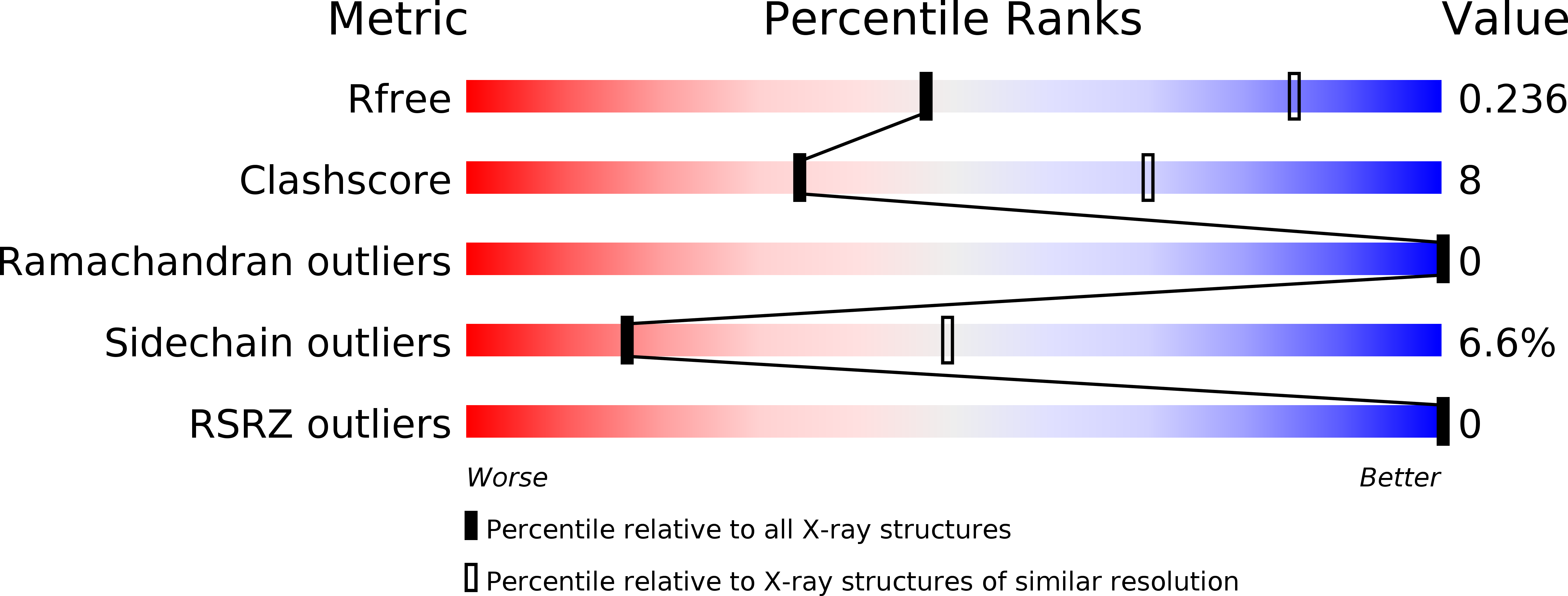
Deposition Date
2012-03-30
Release Date
2012-08-08
Last Version Date
2024-11-06
Method Details:
Experimental Method:
Resolution:
3.00 Å
R-Value Free:
0.23
R-Value Work:
0.17
R-Value Observed:
0.17
Space Group:
P 32 2 1


